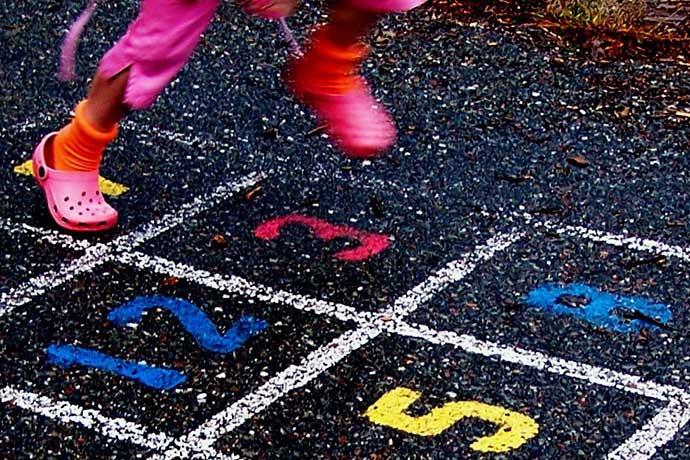Hopscotch
An iPad application that uses the AppInventor and Scratch paradigm of standalone and nested blocks you combine to create fun applications. While the range of possible actions appears small, blocks can be combined in many different ways for hours of creative fun. The initial screens explain the basic concepts. Help describes how all the actions work. Pick a character then make them do stuff like move, draw lines, change clothes, rotate, and other fun behaviors. While made friendly to encourage girls to code, it is a fun challenge for anyone at any age.
Tynker
Over 600 schools have signed up to use Tynker since their official launch last April. The online service takes the popular Scratch application a couple steps further by optimizing how Scratch projects are put together. For example, repeating loop actions can be built with one set of blocks, not several sets. This saves time, works more like real code, and helps kids focus on their tasks. Each project includes guided help with popups to lead you step by step through projects. Backwards compatible with Scratch projects: you can import them into Tynker. Their courses are designed by teachers but the projects also work in a way any teacher can build a lesson plan for a project, for example, to explain basic physical properties such as bouncing and direction of motion. Currently available only to schools, not invidividuals, mostly because the application is designed for group classroom use led by a teacher. Like Hopscotch, the service uses blocks to build applications and any code is hidden.
Codea
This iPad application makes it fairly easy to create games and apps for the iPad, as well as learn basic programming concepts. Code is visible, not too complicated to read, and rewards tinkering. You can change values, for example, then easily see the results. Example projects show you how to blend color modes, set parameters, add physics properties to objects (think Jelly Car, the game), control sprites, and more than 20 other sophisticated bits of coding. Includes lots of help and easy to read reference pages. Costs $9.99 and is well worth it for people who are ready to go beyond block-oriented programming apps. Also a great start point for people who want to learn key concepts for game programming. Codea uses Lua, a friendly programming language often used in real games.
Learn More
Codea
http://twolivesleft.com/Codea/
https://itunes.apple.com/us/app/codea/id439571171?mt=8
http://www.lua.org
Hopscotch
http://www.gethopscotch.com/
https://itunes.apple.com/us/app/hopscotch-hd/id617098629?mt=8
http://readwrite.com/2013/04/17/hopscotch-code-ipad-app

